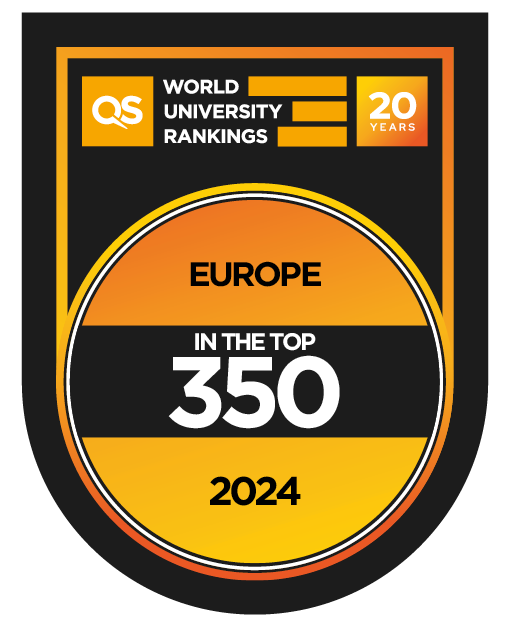
University of Wrocław in the new QS ranking!
The University of Wrocław has been ranked 302nd in the newly published 2024 QS Europe University Ranking by Quacquarelli Symonds. Among Polish universities, we are in fourth place, and among Polish institutions, we are in fifth place. The ranking includes 33 universities from our country.
The top three universities in the ranking are the University of Oxford in first place, ETH Zurich Swiss Federal Institute of Technology in the second, and the University of Cambridge in the third. Charles University in the Czech Republic and the University of Warsaw are the only universities from Eastern European countries that can boast positions in the top one hundred – Charles University ranked 86th, and the University of Warsaw ranked 92nd.
The top Polish universities in the 2024 QS Europe University Ranking:
- University of Warsaw: 92nd place
- Jagiellonian University: 122nd place
- Warsaw University of Technology: 211th place
- Adam Mickiewicz University in Poznań: 251st place
- University of Wrocław: 302nd place
- Gdańsk University of Technology: 319th place
- Wrocław University of Science and Technology: 322nd place
- University of Łódź: 326th place
- AGH University of Science and Technology in Kraków: 342nd place
- University of Gdańsk: 344th place
For the first time, Quacquarelli Symonds (QS) has created a regional ranking comparing European universities from countries that are members of the Council of Europe. The ranking methodology places a special emphasis on exchange and internationalization, as they are crucial for building the ethos of Europe. In this QS ranking, a new indicator is introduced for the first time – the diversity of the international student community (International Student Diversity). This indicator includes the percentage of international students in relation to the total number of students, as well as the diversity of nationalities from which students come.
In the QS Europe University Rankings, the most important indicator, with a weight of up to 30%, is the university’s recognition among the academic staff (Academic Reputation). The ranking also takes into account the university’s reputation among employers (Employer Reputation) – with a weight of 15%. Other significant indicators, each with a weight of 10%, include the average number of citations of scientific publications (Citations per Paper) and international research collaboration (International Research Network)
For the first time, Quacquarelli Symonds (QS) has created a regional ranking comparing European universities from countries that are members of the Council of Europe. The ranking methodology places a special emphasis on exchange and internationalization, as they are crucial for building the ethos of Europe. In this QS ranking, a new indicator is introduced for the first time – the diversity of the international student community (International Student Diversity). This indicator includes the percentage of international students in relation to the total number of students, as well as the diversity of nationalities from which students come.
In the QS Europe University Rankings, the most important indicator, with a weight of up to 30%, is the university’s recognition among the academic staff (Academic Reputation). The ranking also takes into account the university’s reputation among employers (Employer Reputation) – with a weight of 15%. Other significant indicators, each with a weight of 10%, include the average number of citations of scientific publications (Citations per Paper) and international research collaboration (International Research Network).”
The other indicators include:
- Faculty-Student Ratio – 5%
- Normalized Number of University Scientific Publications – 5%
- Internationalization of Academic Staff – 5%
- Percentage of International Students – 5%
- Sustainability – 5%
- Employability of Graduates – 5%
- International Student Diversity – 5%
- Percentage of Outbound Exchange Students – 2.5%
- Percentage of Inbound Exchange Students – 2.5%
According to the ranking, the University of Wrocław excels in the quality of teaching and international exchanges. Our university’s strongest indicators are the percentage of incoming international exchange students (ranked 126th in Europe), the faculty-student ratio (ranked 150th), and the percentage of outbound exchange students (ranked 156th).
You can find more details about the ranking on the top universities’ website.
20 september 2023
Translated by Florentyna Sołtysiak (student of English Studies at the University of Wrocław) as part of the translation practice.



